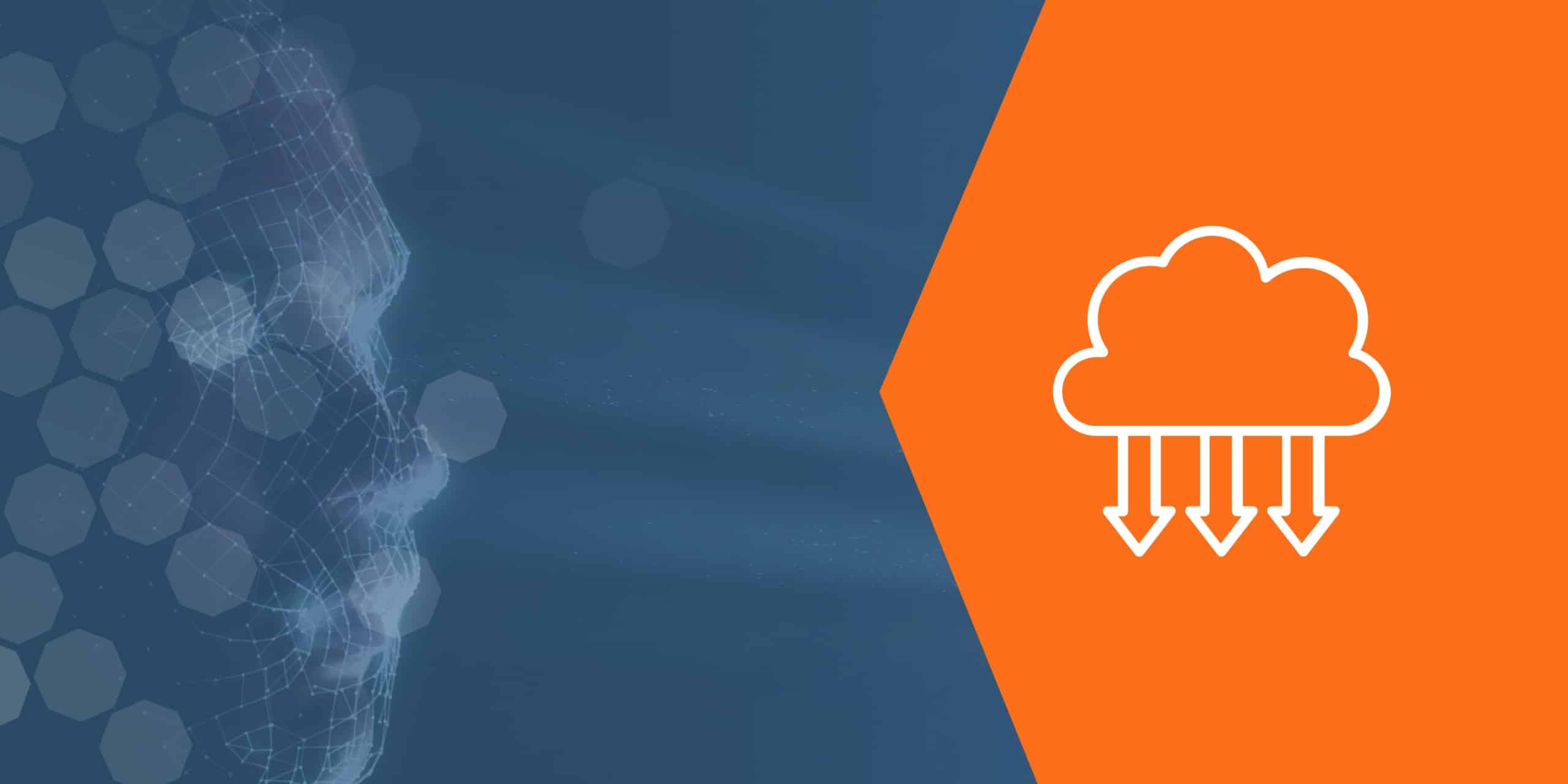
By James Farley, Vice President, Enterprise Solutions
In spite of Cloud Smart, the cloud and how to properly procure it in the government sector are, well, a bit cloudy. Agencies that develop a clearer way of looking at the cloud have the opportunity to harness it more quickly and efficiently while exercising cost control. But that can’t happen until there’s a shift in understanding and approach, allowing cloud to be procured in the same way utilities are.
Cloud computing, Cloud Smart, and the problem with cloud procurement
Cloud computing involves using commercially available resources accessed via the internet to outsource information technology functions that are traditionally performed either on an employee’s desktop or in a private data center—anything from storage to application development and computer processing to a network of interconnected machines. Cloud computing allows agencies to run these critical functions as an operational expense and not a capital expense, which is associated with the purchasing of physical things, such as hardware. Enter Cloud Smart. According to the Office of the Federal Chief Information Officer, “Cloud Smart is a strategy to accelerate agency adoption of cloud-based solutions….Cloud Smart offers practical implementation guidance for Government missions to fully actualize the promise and potential of cloud-based technologies while ensuring thoughtful execution that incorporates practical realities.”
Here’s the snag. Federal agencies continue to struggle to succeed with Cloud Smart because of constraints with purchasing cloud.
The Federal Acquisition Regulation (FAR) has cloud categorized as information technology (IT) services. Unfortunately, with cloud often viewed as an IT line item in the budget, it is purchased with no consideration given to the nature of cloud—its elasticity and scalability.
Budgets are formed and servers are purchased based on an estimate of what is needed at the time. They reside in a physical data center and have a one-time acquisition cost with ongoing sustainment costs. Fearing what might happen if they underestimate demand, agencies tend to overbuy, and many cloud servers purchased often sit idle. Or, they don’t expect the sudden increase in demand, and they can’t achieve the scale they need quickly. The more you need, the more you consume, and thereby lies the problem with how cloud is procured.
Why cloud needs to be purchased like a utility
Cloud is elastic and scalable. Let’s say you develop a website for 100 users, and it will require two compute cycle resources in the cloud. What happens when you have one million concurrent users or more? Your site will crash. Websites need to handle the increase in demand instantly. They need to be built to consume cloud resources with elasticity and scalability. To support one million concurrent users, in reality, you need 100 compute cycles. Without knowing the resource loading ahead of time, there is no way to safely plan for this. But cloud, when purchased correctly, allows you to manage to the unknown. It allows you to expand and contract resources to meet demand (elasticity) and add or decrease capacity (scalability).
When procuring cloud as IT, you are limited to what you budgeted for in your planning cycle, contradicting Cloud Smart, which aims to “accelerate agency adoption of cloud-based solutions.” Buying more servers takes time, as you will have to go through the entire procurement process again. Cloud should be purchased as a utility, like electricity. If you need more power, specify the capacity at a certain level, and resource utilization instantly increases. You can consume more without having to go back and ask for more. For acquisition officers and program managers to fully realize the benefits of cloud, the FAR needs to shift from categorizing cloud as IT to a more appropriate category, utility services.
Elasticity and scalability on demand
Cloud utilization and costs are directly tied to demand. The more resource you consume, the more it will cost, but utilization and cost have peaks and valleys, given the current demand on resources. If cloud were procured as a utility, agencies could quickly provide those necessary resources. This would generate more efficiencies and economy of scale, and multiple federal agencies could leverage the same buying power.
Going back to the website example, with cloud as a utility, you could now purchase 100 compute cycles at a fixed price, and the more cycles you buy, the cheaper it gets. When your workload only needs ten compute cycles, you’ll be able to keep the overage in reserve. Purchasing cloud as a utility is a more cost-effective solution because you can buy in quantity, and it gives you elasticity and scalability. Workloads can expand and contract as needed, as the demand and utilization mandate.
With cloud as a utility, federal agencies can fully actualize the promise and potential of cloud-based technologies. They can ease procurement and move towards migrating systems as needed. They can save taxpayer dollars. And they can truly become Cloud Smart.


